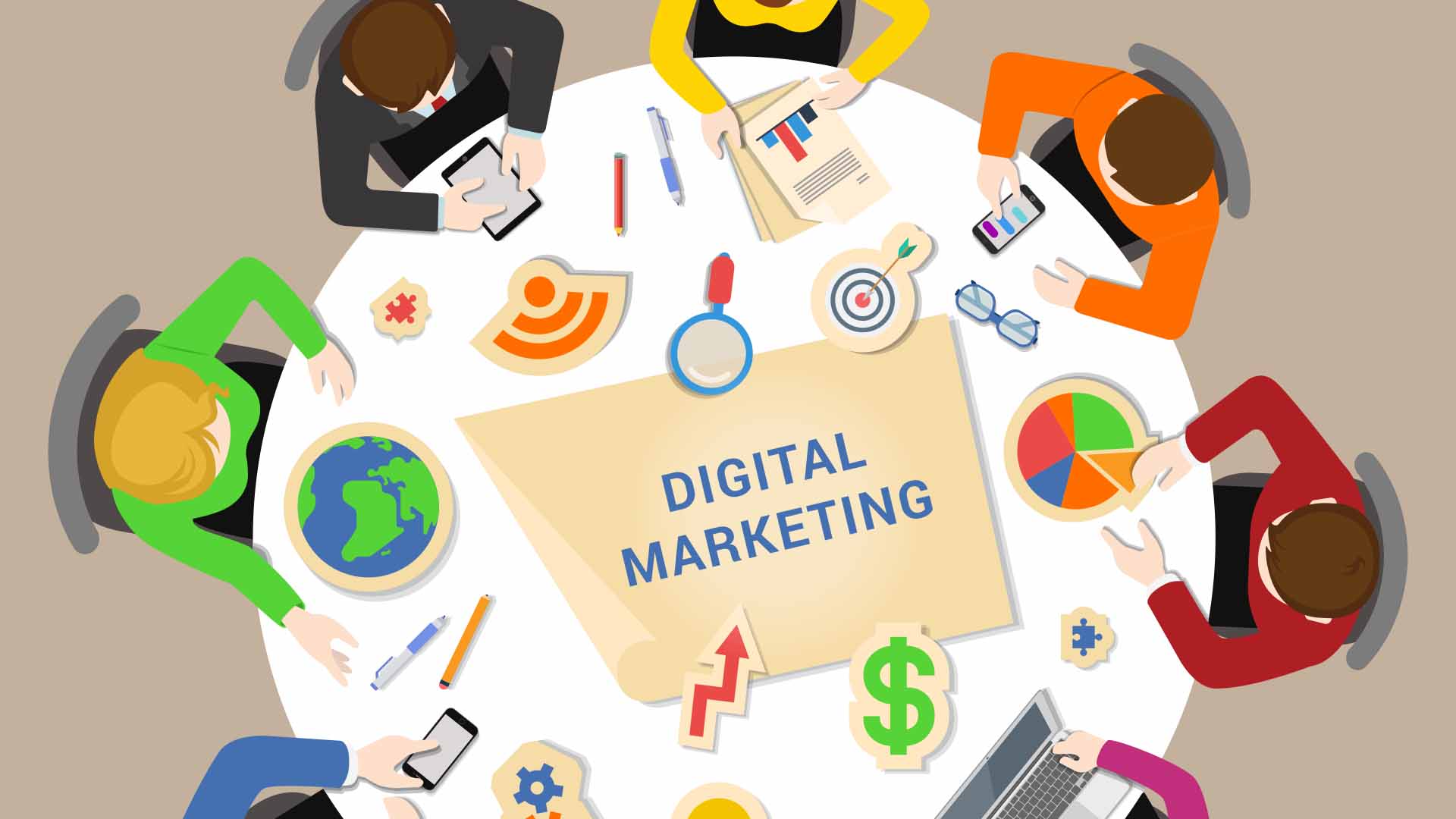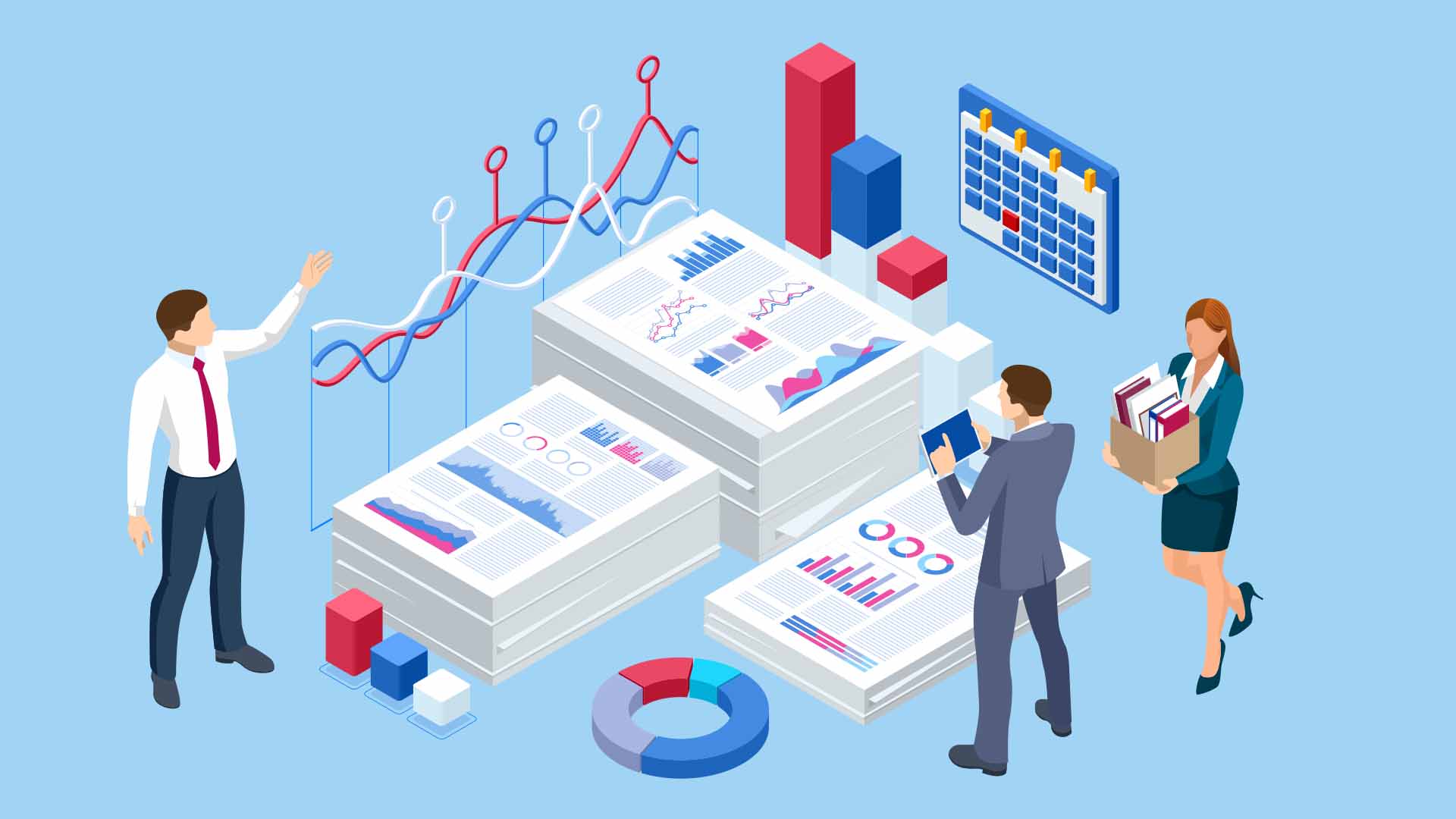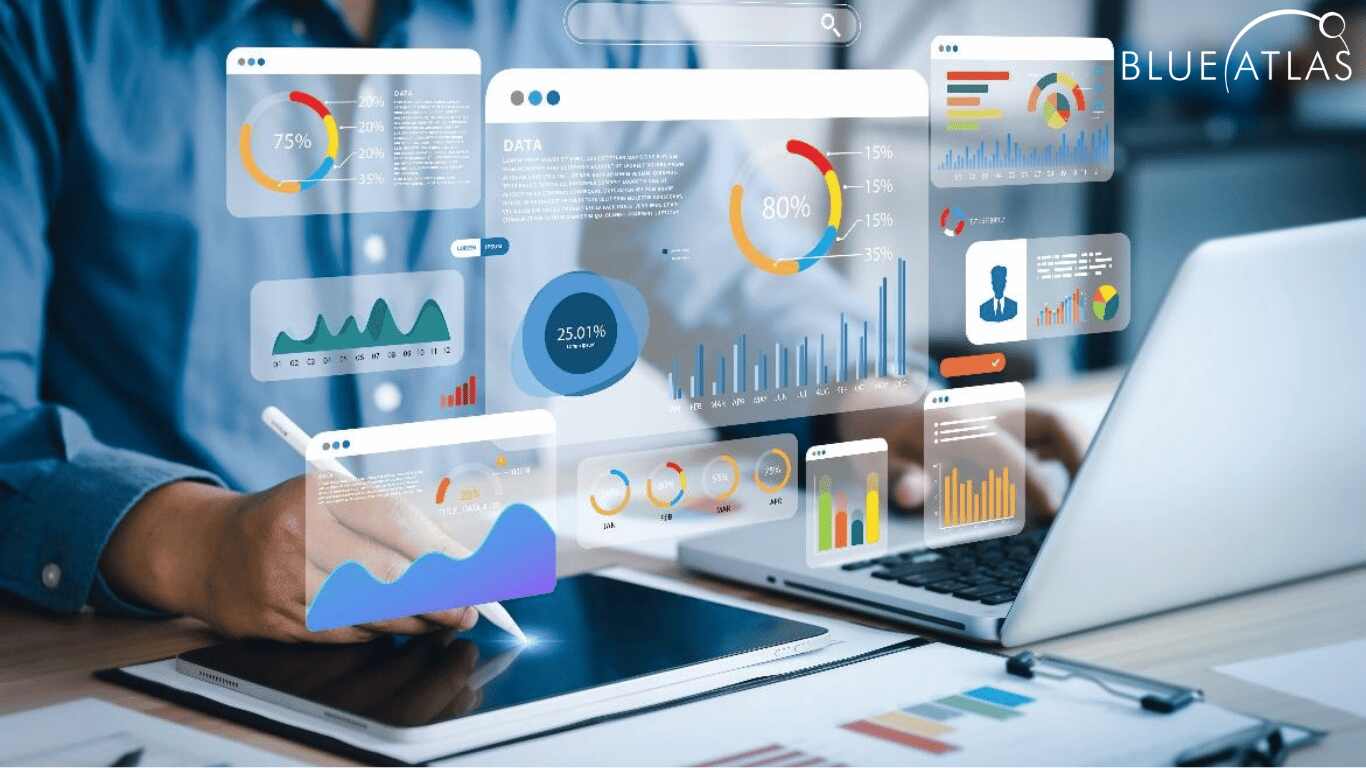B2B Email Marketing Strategy That Works
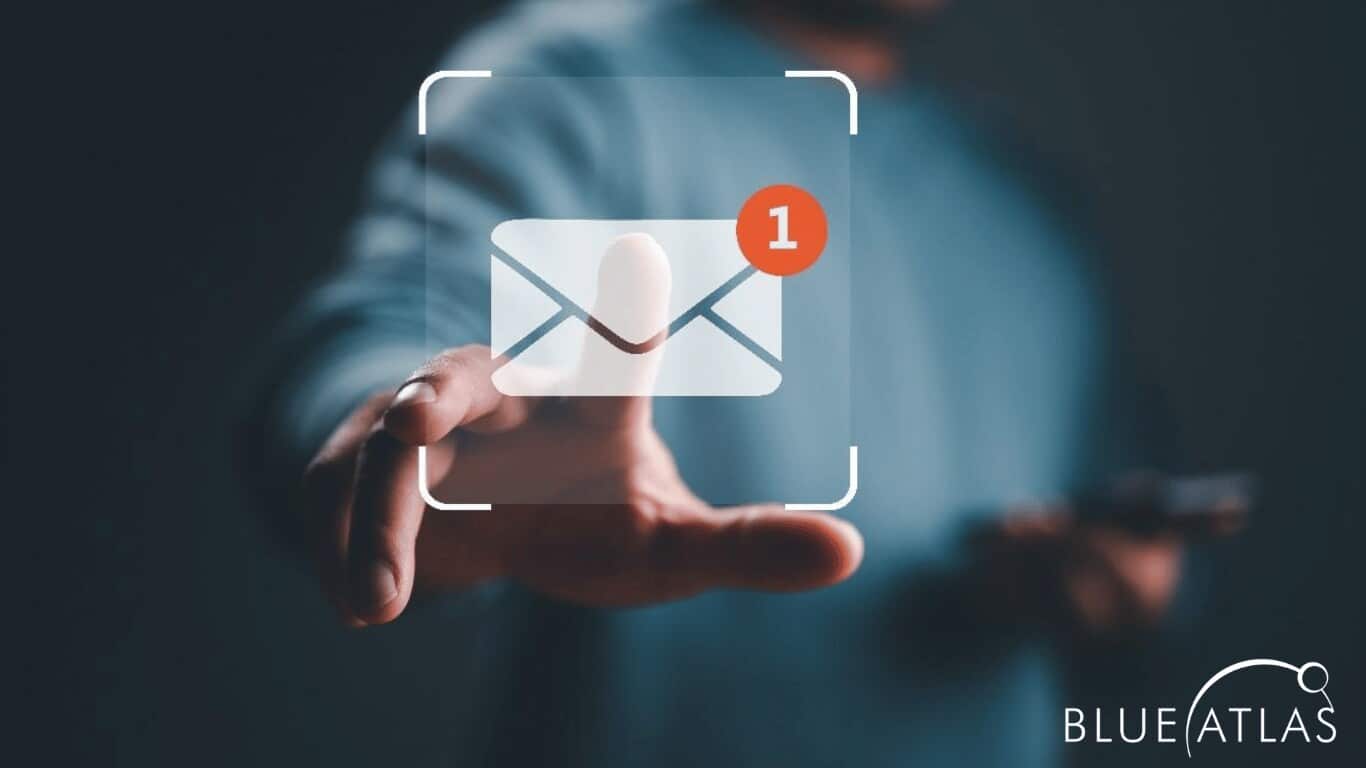
Developing an effective B2B email marketing strategy is a major undertaking. Amidst budget constraints, time, creative demands, and many marketing channels, marketers often grapple with unique challenges in B2B campaigns.
But there’s a specific and major challenge: Everyone uses it, meaning you’ll need to stand out past other B2B marketing emails in your contact’s inbox. Minor tweaks to your standard outreach tactics will not suffice, as you will quickly learn that successful campaigns require thoughtful planning infused with professionalism, valuable content, and messaging, as well as a sustained effort to boost revenues.
In this article, we will share tips and indispensable best practices and strategies that not only work but will help you nurture your leads and towards a successful ROI.
What is B2B email marketing?
The goal of B2B (business-to-business) email marketing is to generate leads, nurture relationships and ultimately make sales. Successful strategies involve sending newsletters, product updates, free trials, and promotional messages on offers to potential and current customers, who, in this case, are businesses.
Today, businesses are realizing the benefits of communicating their products and services. As they develop their newsletter campaigns, they must strategically plan along the customer’s journey to ensure their efforts yield tangible and sustainable results.
What is the Difference Between B2B and B2C Email Marketing?
B2C (business-to-customers) marketing campaigns are designed to reach and engage individual consumers, but B2B campaigns target specific companies— precisely, multiple individuals at a company. The purchasing process in B2B transactions is typically more complex, involving multiple stakeholders and longer decision-making cycles.
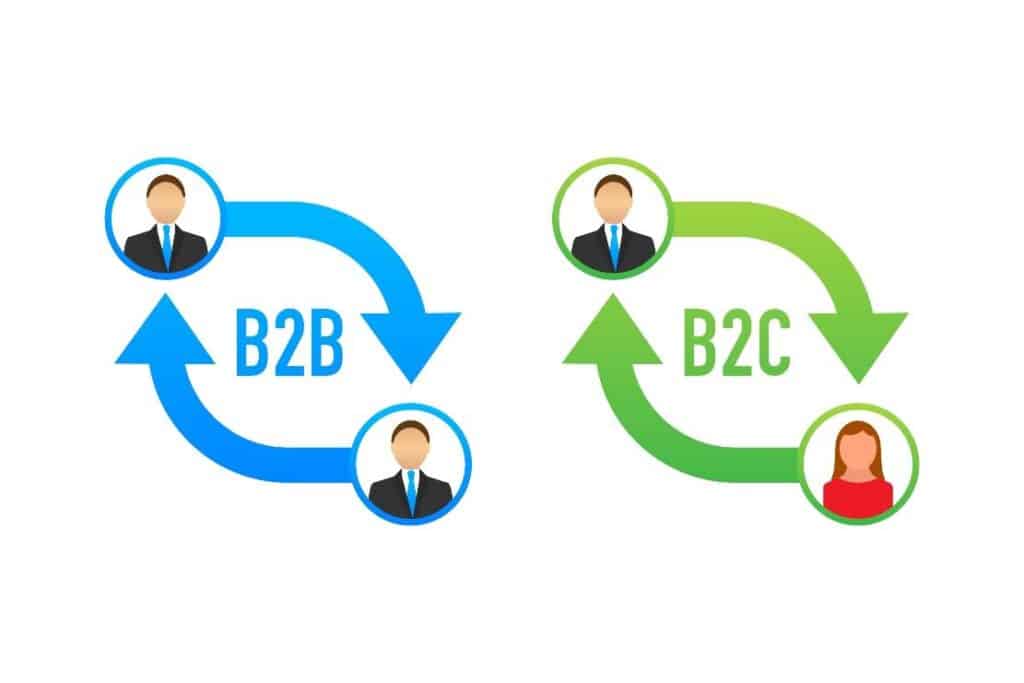
If email marketing is a component of your overarching Digital Marketing strategy, this article will help you explore key insights and specifics on what you need to know to help you craft an effective B2B email marketing strategy in 2024.
6 Key Strategies For Designing a B2B Email Campaign
Designing an effective B2B email campaign requires a thoughtful approach to engage your target audience and achieve your business objectives. Here are our go-to strategies to consider:
Select the Right Email Marketing Service
You’ll find several email marketing services, like Mailchimp, Constant Contact, and Hubspot, among others. Go for a platform that will provide you with all the digital marketing tools you need. To give you an idea, here’s what a good basic email service should have:
- Easy-to-use email newsletter builder
- High email deliverability
- Advanced reporting and analytics
Your email list is the second thing you need to initiate the process. Ensuring active and relevant content, and also aiming at acquiring new subscribers to your list allows you to capture profitable leads and move them a step further into your marketing and sales funnels.
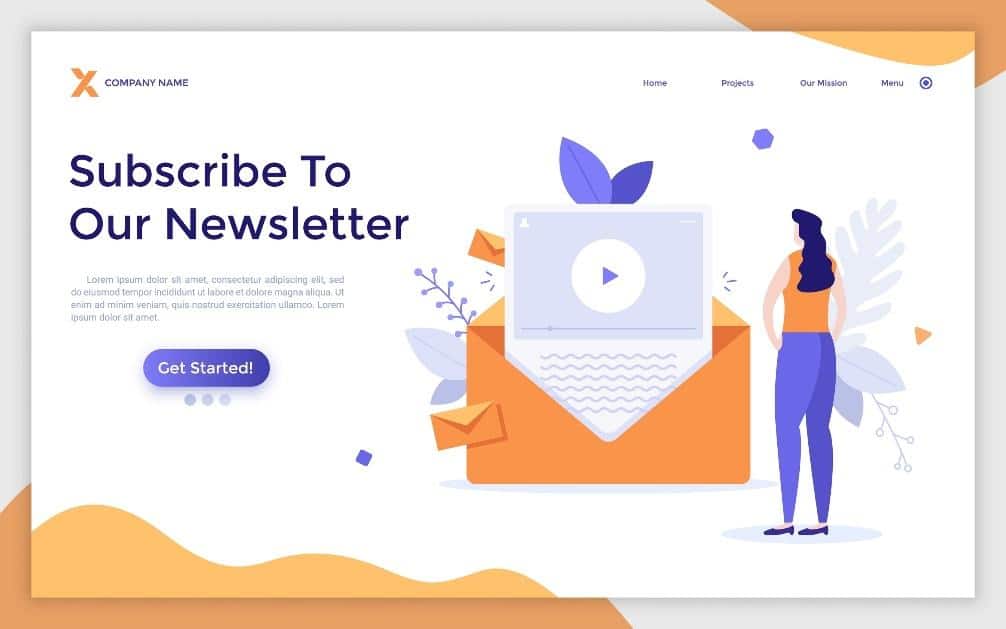
Have a checklist to ensure that people can easily subscribe to your newsletter. Answer the following: have you incorporated an email address-capturing process? An opt-in form on your website? Lead magnet? Have you digitized contacts met during events? Sent an introduction email, suggested them to subscribe to your newsletter? These are some checklist items you need to address.
Understand Your Target Market
Understanding your target market involves a comprehensive understanding of the specific industries, businesses, and professionals you aim to reach. It goes beyond demographic data to include factors such as industry trends, challenges, and the unique needs of businesses within the market.
While addressing a general audience, the content of your emails has to be broadly relevant. Understanding your target market enables you to tailor your messaging with precision. Carry out market research and analysis on your competitors, how they communicate, their successes and challenges, and how you can stand out to the businesses and professionals you are targeting.
Audience Segmentation
For your B2B email marketing to work, you’ll want to get the right audience onto your email list. This allows for effective personalization at scale. Instead of sending generic emails to a broad audience, you can dynamically adjust the content of your email, offers, and calls to action based on specific characteristics.
Once you have identified the target markets, consider factors such as company size, and the role of the individuals you are targeting. This allows for more personalized and relevant communication. Your segmented audience ideally is segregated into these 6 primary roles according to the below Decision Making Unit Model.

By segmenting your audience, you can customize and improve your customer experience by delivering relevant emails that will be opened, read, and would encourage actions aligned with readers’ goals.
Understand Your B2B Buyer’s Journey
Nurturing B2B customers across their sale cycles takes a long time. The marketing channel to a successful sales funnel requires plans and specific tactics at every major milestone. This creates their unique customer journey which is different from a B2C cycle.
The customer’s journey from contact to making the sale requires a map of action points that are later measured and analyzed to ensure performance at various touchpoints. The map allows businesses to identify opportunities for ongoing support, upselling, and cross-selling to contribute to long-term customer satisfaction and loyalty ultimately.
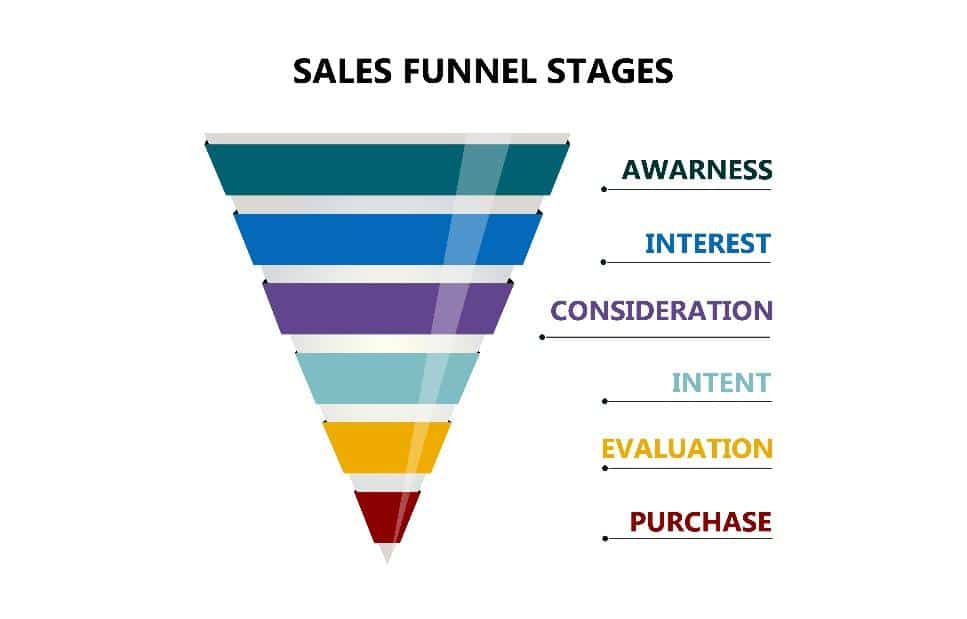
After understanding the buyer’s journey and your sales funnel stages, you can now understand how your product and brand interact with prospects during each phase. With this in hand, you can initiate creating marketing strategies, such as content marketing and testing, to know what will be most effective at each stage.
Create Compelling Content
Create content that is not only informative but resourceful. B2B audiences are often busy professionals, so content should be concise, engaging, and provide clear value. This could range from industry trends and benchmarks to guides that can prove your value or educational content on how your product will solve their pain points. Focus on addressing the challenges of your audience and showcasing how your products or services are the solution.
Remember even as you try to position your brand as an authority and provide perspectives that resonate with your B2B audience, it is important to strike a balance between being informative and engaging, ensuring that your content aligns with their specific needs and challenges.
Clear Call-to-Action (CTA)
Your CTA has two key elements to consider: the action you want readers to take and the words used, i.e., does it answer the question: “How will this benefit me?”
Clearly define the next steps you want your audience to take. Whether it’s downloading a whitepaper, requesting a demo, or making a purchase, your call-to-action should be prominent, compelling, and aligned with the goals of your campaign. Use actionable language to prompt immediate responses.
B2B Email Marketing Best Practices
Every year, digital changes push the boundaries and techniques of marketing. By incorporating these best practices into your B2B email marketing strategy, you can create more impactful and effective campaigns that resonate with your target audience in 2024.
Compelling Subject Lines
Craft subject lines that are not only attention-grabbing but also convey immediate value. B2B subject lines should resonate with recipients by addressing their specific needs and concerns. Use language that sparks curiosity and highlights the direct benefits of opening the email, increasing the likelihood of higher open rates and conversions.
Personalized Content
Tailor your email content to each recipient by incorporating personalization elements. Personalize your email content by addressing your user with their first name in the subject line or the body. Using a person’s name attracts their attention and makes them feel the content is relevant. Beyond just using the recipient’s name, consider leveraging data to include relevant information about their company or industry. This creates a more engaging and meaningful experience, fostering a stronger connection between your brand and the recipient.
Use Personal Accounts
Instead of sending emails from a generic no-reply address, use a personal account to create a more human connection. This not only makes the recipient feel like they are interacting with a real person but also encourages a more approachable and conversational tone. Humanizing your communication helps in building trust and rapport.
Opt for Plain-Text emails
Consider using simple plain-text emails, especially for B2B buyers who appreciate a more straightforward and personal approach. Plain-text emails often feel less formal, less generic, clean and allow for a more genuine, conversational tone. This can lead to better engagement and increased chances of receiving replies from recipients.
Conversational Tone
Strive for a conversational tone in your B2B emails. Avoid being overly formal or robotic, as this can create a barrier between you and your audience. Humanize your language, and imagine you are having a one-on-one conversation with the recipient. This approach fosters a more relatable and friendly interaction.
Segmentation for Targeted Messaging
Implement segmentation in your email lists based on various criteria such as industry, job role, or engagement history. This allows you to send more targeted and relevant content to specific groups, increasing the chances of resonating with their unique needs and preferences.
Audience-Centric Value Proposition
Place a strong emphasis on aligning your messaging with the tangible benefits and outcomes that matter most to your B2B audience. Recognize that B2B professionals and decision-makers are not just looking for products or services; they seek solutions that address their unique challenges and contribute positively to their bottom line.

When crafting your email content, articulate how your offerings directly contribute to the success and efficiency of your recipients’ businesses. Communicate the value proposition by highlighting specific benefits, such as cost savings, increased productivity, or improved operational efficiency. Provide real-world examples, case studies, or testimonials that showcase the positive impact your solutions have had on similar businesses.
Optimal Email Frequency
Strike a balance between maintaining regular communication and avoiding overwhelming your recipients with a high frequency of emails. While consistency is essential for staying on your audience’s radar, bombarding them too often can lead to email fatigue and decrease the perceived value of your outreach. Develop a well-thought-out email that aligns with your audience’s preferences and the nature of your content.
Regularly sending emails is crucial for maintaining engagement and building brand awareness. However, it’s equally important to prioritize quality over quantity. Ensure that each email provides tangible value, whether it’s informative content, exclusive offers, or relevant insights.
Strategic Email Sequencing
Leverage your email marketing as a dynamic tool to guide your audience through the various stages of the buyer’s journey. Deliberately plan the sequence of your emails to facilitate a smooth transition from initial awareness to informed consideration and, ultimately, to a decisive action – investing in your products or services.
Understand that your audience may be at different stages of the decision-making process, and tailor your email content accordingly.
Clear Call-to-Action (CTA)
Every email should have a clear and compelling call-to-action. Whether it’s directing recipients to download a resource, sign up for a webinar, or make a purchase, a well-crafted CTA guides your audience on the next steps. Make it concise, action-oriented, and easy to locate within the email.
Mobile-compatible emails are key: Ensure your emails are optimized for mobile devices, as many users access their emails on smartphones or tablets. A responsive email design ensures a seamless experience across different devices.
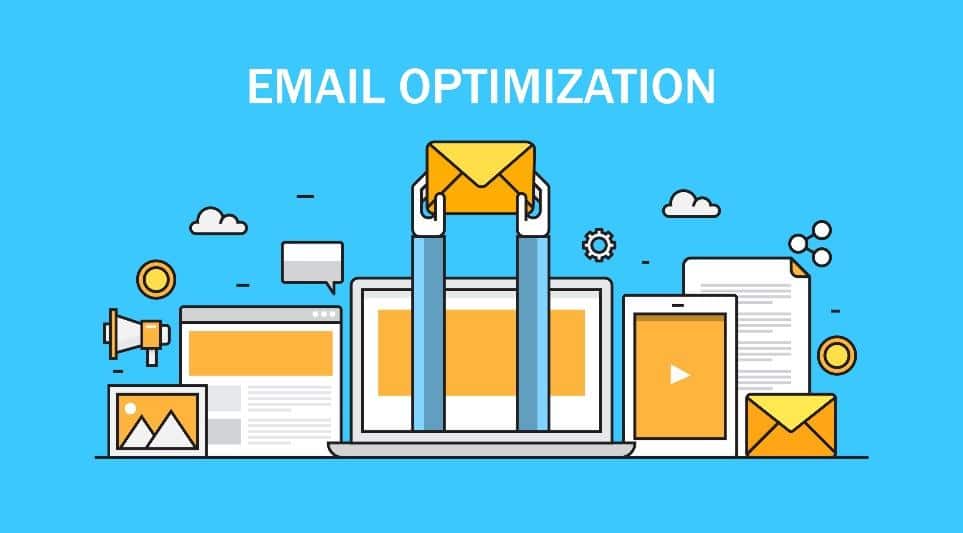
Testing and Analytics
Regularly conduct A/B testing on different elements of your emails, such as subject lines, content, and CTA buttons. Analyze the performance metrics to understand what resonates best with your audience. Utilize this data to refine and optimize your future email campaigns for better results.
Compliance with Regulations
Stay informed and compliant with email marketing regulations, such as GDPR or CAN-SPAM. Obtain explicit consent before adding individuals to your mailing list and provide an easy way for recipients to unsubscribe. Compliance not only ensures legal adherence but also builds trust with your audience.
Harness the Power of Email Marketing Software
Employing dedicated email marketing software, though unnecessary, can optimize your email campaigns’ efficiency, personalization, and analytics. These platforms offer many features that streamline your efforts and enhance the overall effectiveness of your marketing strategy.
Automate processes
These are quick actions such as welcome emails, drip campaigns, and follow-ups based on user behavior. This not only saves time but also ensures timely and relevant communication with your audience.
Powerful B2B Email Marketing Strategy That Works
The key to a successful B2B email marketing campaign also lies not just in sending emails but in crafting a diverse and strategic array of email types that resonate with your audience. Let’s delve into this email marketing arsenal, exploring each type and uncovering additional best practices to enhance your engagement game.
1. Welcome Emails: The Handshake That Speaks Volumes
Welcome emails are not mere greetings; they are your brand’s virtual handshake and set the tone for your communication strategy. Beyond a warm welcome, share your brand story, highlight key offerings, and extend a special welcome offer to add value that makes your audience feel appreciated immediately. Here’s an example from InvoiceNinja.
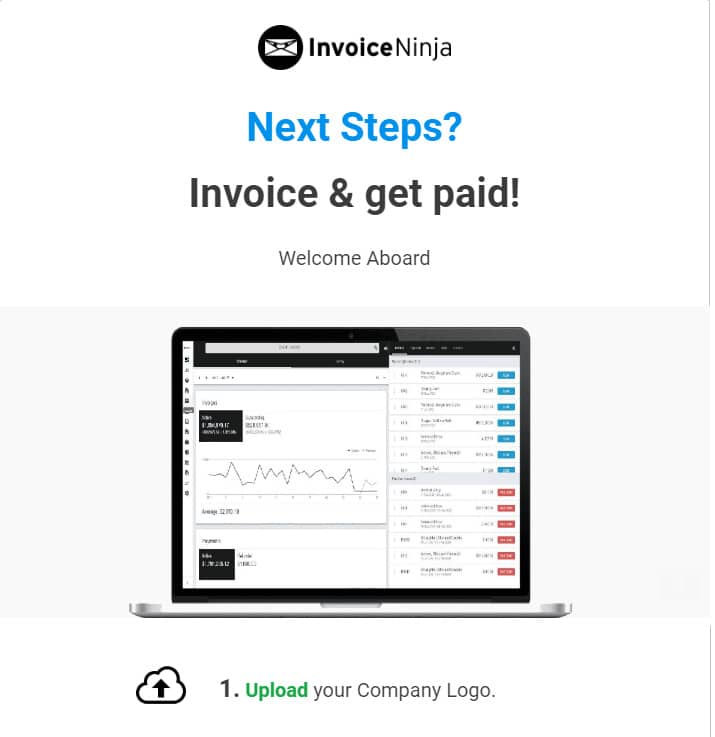
One way to value your subscribers would be to send them an email offering them a discount, free trial, or something similar. Thank them for subscribing to your newsletter by showing them that you appreciate their interest in your content.
2. Educational Emails: Establishing Authority and Trust
Position your brand as an industry authority through educational emails. They are a great way to build trust between you and your reader. They allow you to share information about your business without sounding like you’re trying to sell and are useful for providing your readers with information about your business and its products.
Share valuable insights, tips, or how-to guides related to your offerings. Use conversational language to simplify complex concepts, encouraging questions and fostering a two-way conversation. Be the go-to source for information, building trust and credibility.
3. Specials or Promotional Emails: Creating Buzz and Urgency
Drive sales and create excitement with special offers or promotional emails. Communicate the value of your offers, employing persuasive language and compelling visuals. This free trial from Linktree shows how you can execute offers.
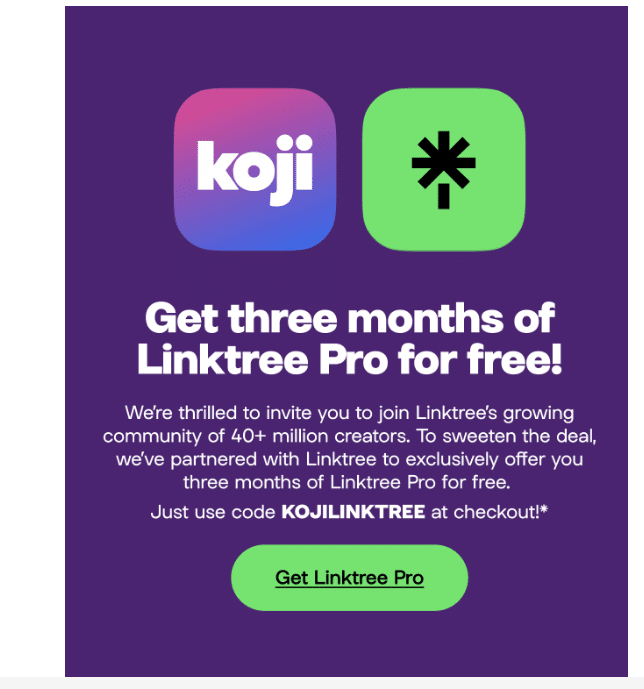
Promotional email campaigns also entice people to stay engaged with your brand by sending out special deals and discounts. These emails are also good for converting people into buyers.
4. Re-engagement Emails: Winning Back Attention Effectively
Win back the attention of inactive subscribers with thoughtful re-engagement emails. Email re-engagement helps you market your business to inactive customers who haven’t engaged with your messages for some time. Craft messages that acknowledge their absence, remember, each subscriber behaves differently. Some will be engaged with your business regularly, while others may become less interested or even stop engaging altogether.
Offer personalized incentives to reignite interest. These emails should focus on where they are in their customer journey and how you can improve their experience. Utilize conversational language to create a friendly and persuasive tone, making it easy for them to reconnect.
6. Time-Sensitive Emails: Creating Urgency with Purpose
Instill urgency and prompt action with time-sensitive emails. Whether promoting limited-time offers or counting down to an event, use persuasive language to convey the urgency and importance of immediate response. Example by Adobe.
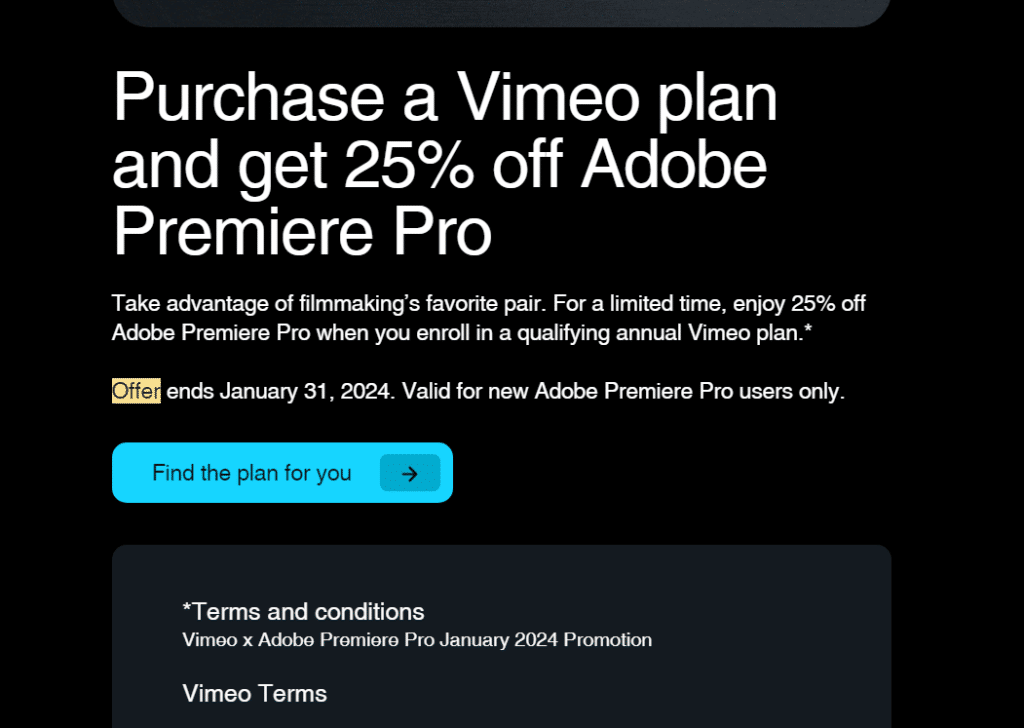
Time-sensitive email marketing campaigns are an effective strategy for driving sales and increasing conversions. They create a sense of urgency, however clearly communicate the benefits of acting promptly, creating a sense of anticipation and excitement.
7. Lead Nurturing Emails: Guiding Through the Buyer’s Journey
A guide leads through the buyer’s journey with nurturing emails. A well-defined buyer persona allows you to understand your prospects better and deliver relevant content to them. To successfully nurture leads and improve your inbound marketing strategy, it is important to understand your leads’ needs and timing.
By doing so, you’ll be able to determine what stage of the buying process they are in and what type of information they require next. At each stage, share content that is relevant and personalized, using a conversational tone to build stronger relationships and cater to their unique needs. Based on their interests and preferences, you can determine the best way to communicate with them and provide them with the necessary information. In addition to building trust and credibility with potential customers, lead nurturing creates a personalized experience.
8. Confirmation Emails: Reinforcing Satisfaction
Reinforce customer satisfaction and set expectations with confirmation emails. Express gratitude, provide detailed order information, and maintain a professional, yet personable tone. Assure customers that their transaction is appreciated thus enhancing the overall customer experience.
9. Review Emails/Feedback: Harnessing the Power of Customer Input
Actively seek feedback and reviews with dedicated emails. Encourage users of your product or service to share their experiences and opinions, using conversational language or a rating system to make the request genuine feedback. Show that their voices matter in shaping your products or services. This also helps potential businesses looking for a similar solution determine whether they want to contact you.

10. Announcement Emails: Keeping Your Audience Informed
Keep your audience informed and engaged with announcement emails. Share important updates, new products, or company milestones. They can be used as lead generators. If you have a new product or service, create an email announcement to drive traffic to your website or customer support. Use clear and concise language to convey key information and highlight the benefits or impacts of the announcement. Foster engagement and create a sense of involvement.
11. Event Newsletters: Building Anticipation and Excitement
Keep your audience engaged and informed about upcoming events with newsletters. Share details about speakers, schedules, and exclusive opportunities. Use conversational language to create anticipation and encourage attendance or participation. Make recipients feel part of a community, building excitement and interest in your events.
12. Case Studies: Real-World Success Stories
Bring your offerings to life with compelling case study emails. Use storytelling techniques to highlight challenges, solutions, and measurable outcomes. By making the case study relatable and engaging, you can indirectly emphasize the practical benefits experienced by your business customers. Case studies also inspire confidence in the transformative power of your product or service. These can also be incorporated as a blog post and resource to your website and shared on your social media pages. Here is a case study from Hootsuite.

How Do I Create My Own B2B Email Marketing Strategy?
Crafting a successful B2B email marketing strategy requires a thoughtful approach. Begin by defining your goals—lead generation, brand awareness, or client retention. Identify your target audience, segment your email lists based on relevant criteria, and ensure an email design is eye-pleasing, personalized content, and aligns with each segment’s unique needs and challenges. Be creative in your own approach and do not be afraid to experiment with new ideas. Research and also be inspired by successful campaigns in the markets, both within and outside your region or country.

How Do You Write a B2B Email?
After reviewing our best practices guide, it will be easier to write now a compelling B2B email that will involve you striking a balance between professionalism and relatability. Start with a clear and engaging subject line that addresses the recipient’s pain points. Keep the content concise, focusing on the value your product or service brings. Be clear and solution-oriented, and always include a call-to-action that guides the recipient toward the next step in the buyer’s journey.
How to Do Effective B2B Email Marketing?
Effective B2B email marketing goes beyond sending generic messages. It involves understanding your audience, crafting targeted content, and nurturing leads through the entire sales funnel as well as understanding the best times to communicate along their customer journey. Regularly analyze performance metrics, iterate based on insights, and consistently refine your strategy to adapt to evolving market dynamics.
What Makes a Great B2B Email?
A great B2B email is relevant, personalized, and speaks directly to the recipient’s needs. It offers a clear solution to a specific problem, employs a conversational yet professional tone, and includes a compelling call to action. Visual elements, such as well-designed graphics or infographics, can enhance engagement and make the content more digestible when used in the best ways possible.
What Tools Can I Use to Automate My B2B Email Marketing?
Automation streamlines the execution of your B2B email marketing strategy, saving time and ensuring consistency. Popular tools like Mailchimp, HubSpot, or Marketo offer features such as automated workflows, personalized drip campaigns, and robust analytics to track the performance of your emails.
Key Takeaway
B2B email marketing is not just a necessity; it’s a strategic imperative for businesses looking to thrive in the digital age. By crafting a thoughtful strategy, leveraging effective tools, and continuously refining your approach, you unlock the potential to build lasting connections, generate leads, and drive meaningful results for your B2B endeavors.
Blue Atlas is here to help you put an end to “email marketing blasts” and start having actual conversations with your leads. We work with B2B companies to move beyond the traditional email marketing capabilities, track and reach your prospects, and present the most relevant information every time. Get in touch with us today.

